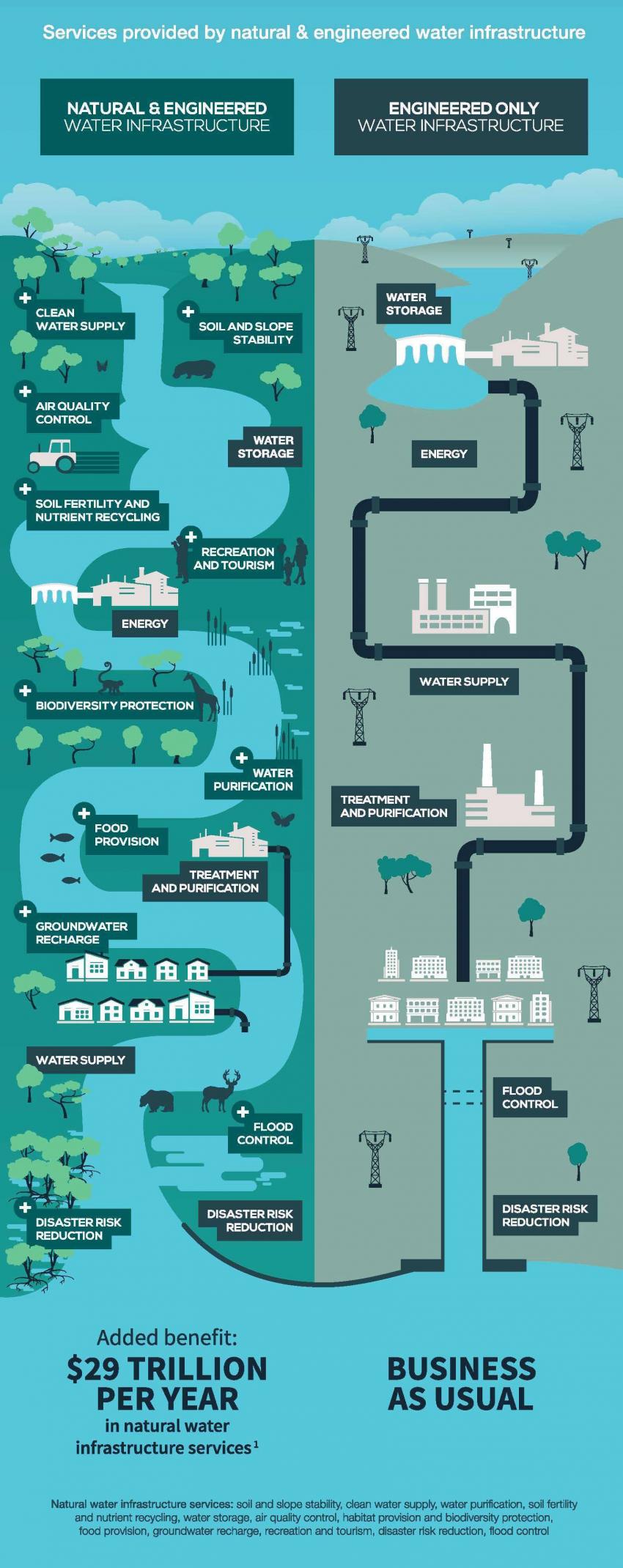The oceans are growing more acidic, and scientists think the change is happening faster than at any time in geologic history.
That’s bad news for most creatures that live in the ocean, many of which are sensitive to subtle changes in acidity of their watery habitat. It’s especially problematic for corals, oysters, and other creatures with delicate carbonate shells or skeletons, which are weakened by even very slight changes in the ocean’s acid balance—similar to the way acid rain corrodes stone gargoyles and limestone buildings.
The oceans are growing more acidic, and scientists think the change is happening faster than at any time in geologic history.
That’s bad news for most creatures that live in the ocean, many of which are sensitive to subtle changes in acidity of their watery habitat. It’s especially problematic for corals, oysters, and other creatures with delicate carbonate shells or skeletons, which are weakened by even very slight changes in the ocean’s acid balance—similar to the way acid rain corrodes stone gargoyles and limestone buildings.
Carbon is the culprit
The oceans have always both absorbed and spit out carbon dioxide, shuttling the carbon back and forth from atmosphere to water. But the exchange occurred slowly, generally over thousands or tens of thousands of years.
Humans have disturbed that slow exchange. Since the start of the Industrial Revolution, in the middle of the 18th century, humans have added some 400 billion tons of carbon to the atmosphere. That’s a byproduct of the vast amounts of fossil fuels we burned for energy, the trees that have been cut down, the cement we’ve produced, and more.
Most of that carbon, in the gas form of carbon dioxide (CO2), stays in the atmosphere, where it traps heat and contributes to planetary warming. But each year, the ocean sucks up about 25 percent of all the extra CO2 emitted. Over the last few hundred years, about 30 percent of all the extra carbon dioxide humans have added to the atmosphere has percolated down into the oceans.
That’s a good thing for the atmosphere. Without that extra carbon dioxide drawdown, the planet would have heated up even more than it already has. But it’s bad news for the oceans.
Oceans acidify in the blink of a geologic eye
In the late 1700s, the oceans had equilibrated to be slightly alkaline, with a pH of about 8.1—roughly the same level of acidity as an egg white. (More acidic things fall lower on the pH scale. Perfectly distilled water is about 7 on the pH scale; lemon juice and vinegar measure a mouth-puckering 2 to 3).The ocean’s pH has shifted on geologic time scales. During cold stages in the planet’s past, it crept up (became more alkaline) by something like 0.2 pH units, and it crept down (became more acidic) by about the same amount when the planet warmed up. But it took tens of thousands of years for those changes to happen—plenty of time for creatures living in the seas to adjust to the change.
A large school of horse-eye jack fish swim in the Cabo Pulmo Nature Reserve in Baja, Mexico, created in 1995. Since the coral reef there was protected, marine life has rebounded to levels seen on pristine coral reefs. The surface oceans have recorded about 0.1 pH unit drop since the start of the Industrial Revolution—a blink of the eye in geologic or evolutionary time. While 0.1 units might not sound like much change, it’s significant: Because the pH scale is logarithmic (like the Richter Scale for earthquakes), that small shift actually means that the water is about 28 percent more acidic than it was before.
The future is not bright
This fast change is stressing out the things that live in the sea. It softens the shells of scallops. It slows the molting of crabs, lobsters, and more. It weakens corals. It confuses fish, disturbing their sense of smell. It may even change the way sounds transmit through the water, making the underwater environs slightly noisier.
The future holds even more challenges. By 2050, scientists predict that 86 percent of the world’s ocean will be warmer and more acidic than anything in modern history. By 2100, the pH of the surface ocean could drop to under 7.8, or more than 150 percent compared to today’s already-corrosive state—and potentially even more, in some particularly sensitive parts of the planet, like the Arctic Ocean.
Source: National Geographic










